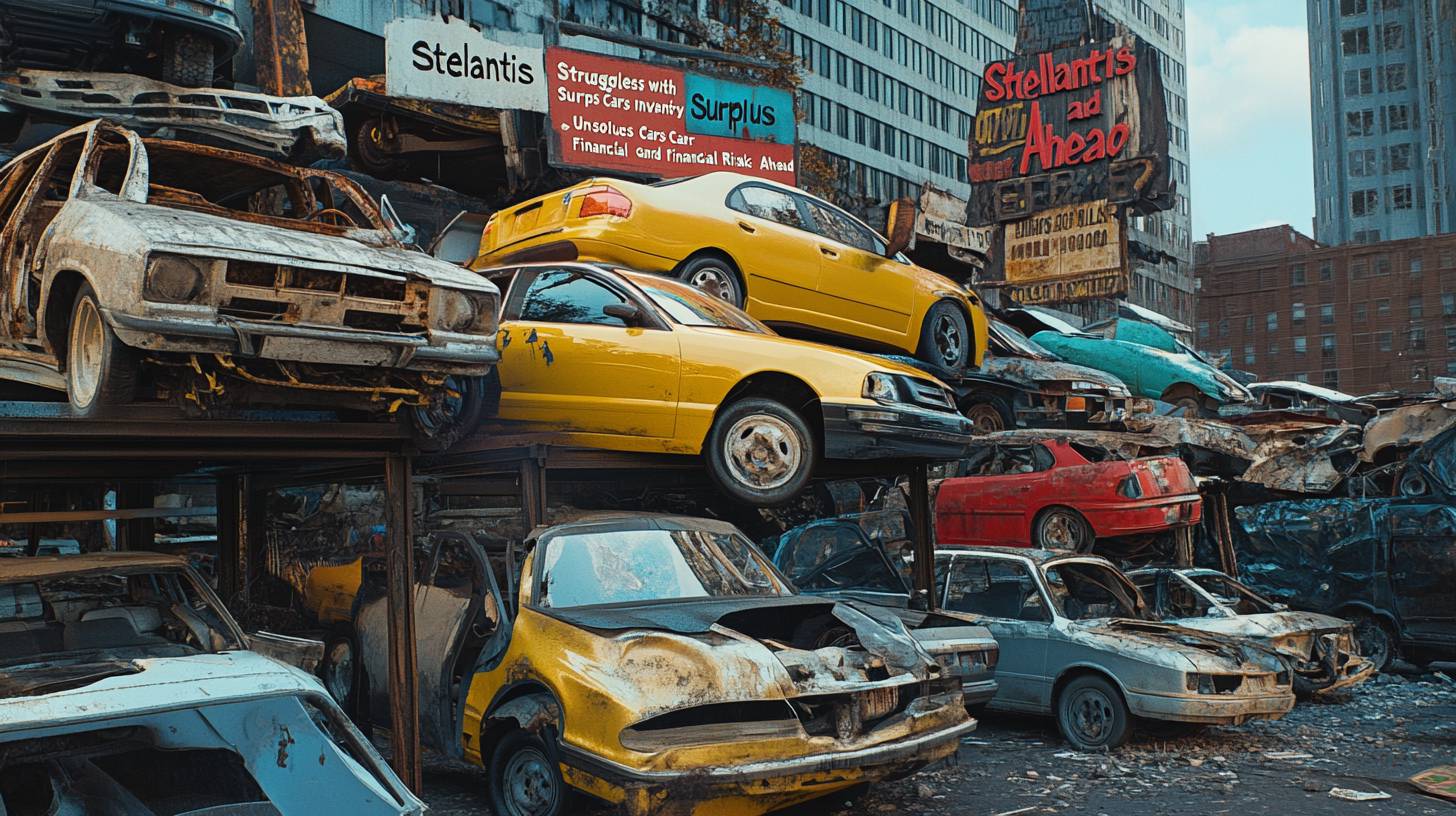
Stellantis encounters operational and market obstacles
Stellantis (STLA) has been contending with a range of operational and market obstacles, particularly within its North American sector. CEO Carlos Tavares recently admitted the company’s lackluster performance during a discussion with investors, pointing to both external and internal elements. He highlighted a “difficult industry environment” and internal “operational challenges” as primary factors leading to the unsatisfactory first-half 2024 earnings report.
In reaction, Stellantis has rolled out substantial cost-reduction strategies. These encompass voluntary separation packages for white-collar staff and layoffs of over 2,450 assembly-line workers, following the end of production for the Ram 1500 Classic. The automaker is evidently striving to streamline its operations, but the timing of these actions has sparked worries among stakeholders.
Compounding the difficulties, Stellantis has encountered increasing criticism from both US dealers and the United Auto Workers (UAW). Dealers have voiced their dissatisfaction regarding business choices that have adversely impacted their operations, while the UAW has expressed apprehensions about the ramifications for workers. These conflicts emphasize the broader challenges Stellantis must navigate as it seeks to adapt to a challenging market landscape.
Declining sales and inventory challenges in the US
Stellantis’ American brands—Jeep, Ram Trucks, Chrysler, and Dodge—are facing considerable obstacles in the US market. Sales figures from the first half of 2024 present a bleak scenario, with Chrysler sales down 8%, Jeep by 9%, Dodge by 16%, and Ram experiencing a sharp 26% drop. This has left dealers with oversized inventories of unsold vehicles, a scenario exacerbated by dwindling consumer demand.
In a communication to CEO Carlos Tavares, US Stellantis dealers articulated their discontent, holding him accountable for the “rapid decline” of their brands. They urged the company to rapidly address the surplus and aged inventory, labeling the situation as “a catastrophe.” The dealers’ worries hold validity, as an evaluation by CarEdge disclosed that six out of the ten slowest-selling vehicles in the US belong to Stellantis. The Alfa Romeo Giulia, for instance, has an astonishing 617-day supply, while the Alfa Stelvio and Fiat 500e are also faltering, with 456 and 454 days of supply, respectively. Other models like the Jeep Renegade, Jeep Grand Wagoneer L, and Dodge Hornet similarly remain stagnant on dealer lots, with supplies ranging from 323 to 332 days.
In response, Stellantis declared on September 30 that it has “accelerated its planned normalization of inventory levels in the US.” The company now aims to decrease dealer inventory to no more than 330,000 units by year-end 2024, a goal that was originally set for 2025. To facilitate this, Stellantis has heightened incentives on 2024 and older model-year vehicles, indicating that a substantial part of the unsold inventory comprises older cars. While this strategy may alleviate some pressure on dealers, it also underscores the magnitude of the challenge.
The financial repercussions of these hurdles are already apparent. Stellantis has adjusted its adjusted operating income margin guidance for 2024, cutting it from “double digits” to a range of 5.5% to 7.0%. The company also anticipates a negative cash flow of between €5 billion and €10 billion (.58-.17 billion AUD), a stark departure from its earlier projections. Analysts at Bernstein have pointed out that Stellantis was slow to confront the inventory concerns raised by dealers earlier this year, and although the company is now making efforts to rectify the matter, the impact on its margins is more severe than expected.
Stellantis’ stock has not been shielded from these developments. Trading on the New York Stock Exchange, the firm’s shares fell 13.86%, dropping to .83 per share at the time of this writing. This downturn reflects mounting investor apprehensions regarding the automaker’s capacity to maneuver through the current market landscape, particularly within the fiercely competitive North American sector.

